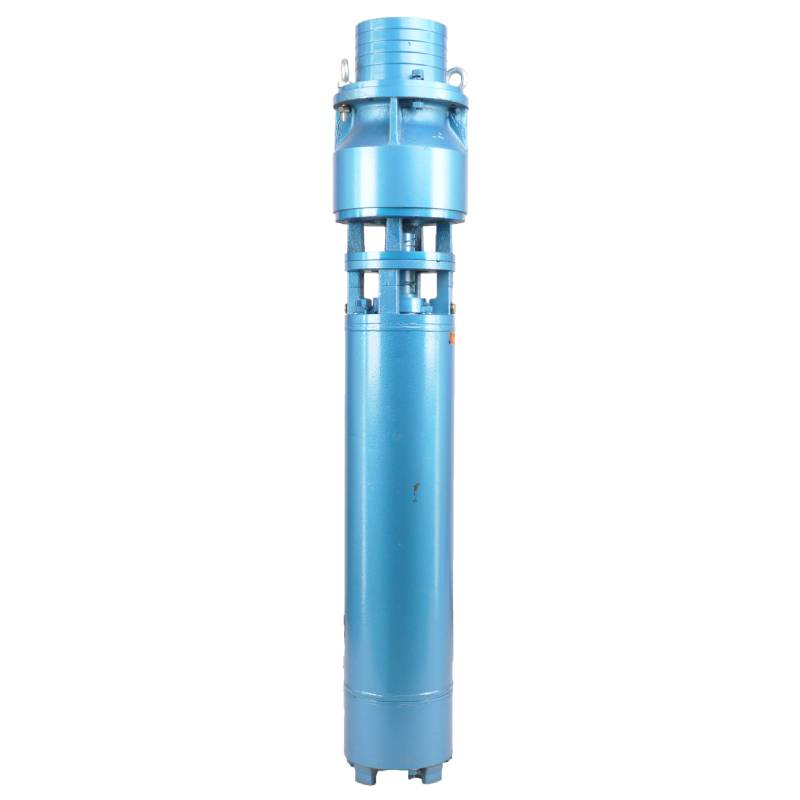Aug . 15, 2024 03:47 Back to list
Exploring the Advantages and Applications of Submersible Motors in Various Industries and Environments
Understanding Submersible Motors A Deep Dive into Their Functionality and Applications
Submersible motors are a specialized type of electric motor designed to operate underwater. These motors play a pivotal role in various industries, including water treatment, agriculture, oil and gas extraction, and more. Unlike traditional motors, submersible motors are encased in a hermetically sealed housing, which allows them to function effectively in submersion conditions, protecting them from water and other environmental factors.
Structure and Mechanism
The primary structure of a submersible motor consists of a stator, rotor, bearings, and a specially designed sealed casing. The stator is stationary and contains the windings that create a magnetic field. The rotor, situated inside the stator, is free to rotate and is connected to the impeller in applications like pumps. The bearings are designed to withstand both axial and radial loads while submerged.
One of the most critical features of submersible motors is their ability to withstand high pressures. When operating at significant depths, the pressure can exceed hundreds of psi (pounds per square inch). Therefore, the materials used in the casing, typically stainless steel or other durable alloys, must be highly resistant to corrosion and provide strength under pressure. The design also often includes a cooling system that relies on the surrounding fluid to dissipate heat generated during operation.
Applications
Submersible motors are commonly found in various applications
1. Water Supply and Irrigation These motors are essential for pumping groundwater in agricultural fields. They are installed deep into wells and can deliver water to the surface efficiently. These motors can handle large volumes of water, making them ideal for irrigation systems.
2. Wastewater Treatment In municipal and industrial wastewater treatment plants, submersible motors drive pumps that help move and treat wastewater efficiently. Their ability to operate underwater minimizes the need for extensive pumping infrastructure, thus reducing installation costs.
submersible motor

3. Oil and Gas Extraction Submersible motors play a critical role in the extraction of oil and gas. They are used in submersible pumps to lift crude oil from deep underground reservoirs. These motors are engineered to withstand harsh environments, including high temperatures and corrosive fluids.
4. Mining Industry In mining operations, submersible motors are used for dewatering applications. They help keep underground mines dry by pumping out excess water, thus ensuring safe working conditions for miners.
5. Aquaculture and Fish Farming Submersible motors are also employed in aquaculture to circulate water in fish farms, ensuring a healthy environment for aquatic life. They help maintain oxygen levels and remove waste, thus promoting optimal growth conditions.
Advantages
The advantages of submersible motors are manifold. Their compact design allows for installation in confined spaces, while their ability to function underwater eliminates the need for additional pumping equipment. Additionally, submersible motors generally have higher efficiency compared to surface-mounted pumps, leading to lower energy costs over time.
Moreover, the maintenance of submersible motors is simpler in many cases, as the motor is protected from environmental factors, reducing the risk of wear and failure. This efficiency and reliability make submersible motors a preferred choice across various industries.
Conclusion
In conclusion, submersible motors represent an essential component in modern engineering and industrial applications. Their unique design and robust functionality enable them to thrive in challenging underwater environments, making them indispensable in sectors ranging from agriculture to oil extraction. As technology advances, we can expect further innovations in submersible motor design, enhancing their capabilities and applications in the future. The continuous development of this technology promises to yield even more efficient and reliable solutions to meet the demands of our changing world.
-
Submersible Water Pump: The Efficient 'Power Pioneer' of the Underwater World
NewsJul.01,2025
-
Submersible Pond Pump: The Hidden Guardian of Water Landscape Ecology
NewsJul.01,2025
-
Stainless Well Pump: A Reliable and Durable Pumping Main Force
NewsJul.01,2025
-
Stainless Steel Submersible Pump: An Efficient and Versatile Tool for Underwater Operations
NewsJul.01,2025
-
Deep Well Submersible Pump: An Efficient 'Sucker' of Groundwater Sources
NewsJul.01,2025
-
Deep Water Well Pump: An Efficient 'Sucker' of Groundwater Sources
NewsJul.01,2025
-
 Submersible Water Pump: The Efficient 'Power Pioneer' of the Underwater WorldIn the field of hydraulic equipment, the Submersible Water Pump has become the core equipment for underwater operations and water resource transportation due to its unique design and excellent performance.Detail
Submersible Water Pump: The Efficient 'Power Pioneer' of the Underwater WorldIn the field of hydraulic equipment, the Submersible Water Pump has become the core equipment for underwater operations and water resource transportation due to its unique design and excellent performance.Detail -
 Submersible Pond Pump: The Hidden Guardian of Water Landscape EcologyIn courtyard landscapes, ecological ponds, and even small-scale water conservancy projects, there is a silent yet indispensable equipment - the Submersible Pond Pump.Detail
Submersible Pond Pump: The Hidden Guardian of Water Landscape EcologyIn courtyard landscapes, ecological ponds, and even small-scale water conservancy projects, there is a silent yet indispensable equipment - the Submersible Pond Pump.Detail -
 Stainless Well Pump: A Reliable and Durable Pumping Main ForceIn the field of water resource transportation, Stainless Well Pump has become the core equipment for various pumping scenarios with its excellent performance and reliable quality.Detail
Stainless Well Pump: A Reliable and Durable Pumping Main ForceIn the field of water resource transportation, Stainless Well Pump has become the core equipment for various pumping scenarios with its excellent performance and reliable quality.Detail
